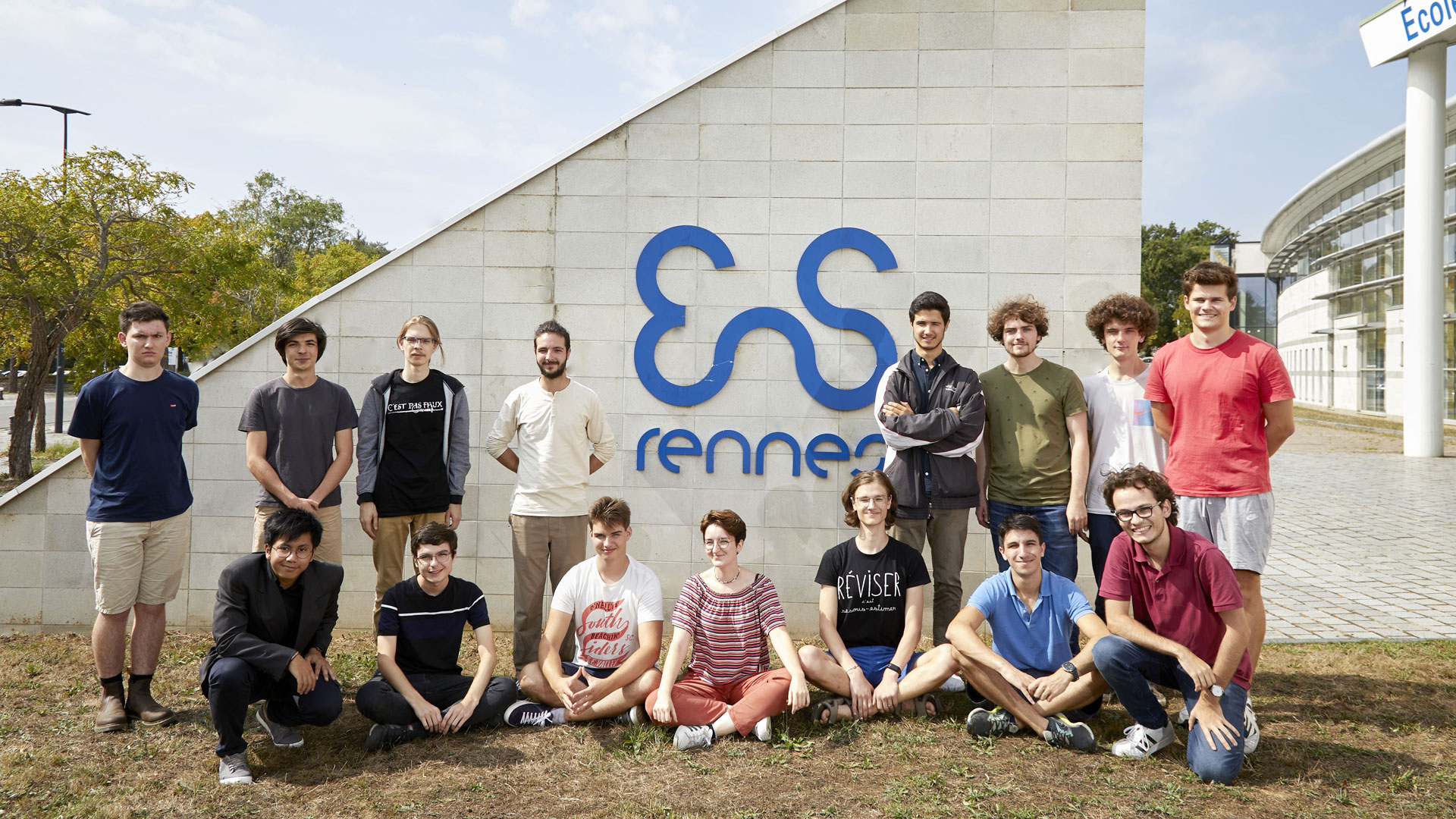Communications Mashup: bridging the gap between Telecom Service Providers and Web Service Providers
10h00 - 10h45
By Paul Labrogère, Hybrid Communications department head - Alcatel-Lucent Bell Labs France
Internet is a great place for exchanges; every Web site is an opportunity for people to interact. Communication Mashups is a technology developed by Bell Labs to adapt current communication architectures to suit the Web2.0 user participatory architecture model.
Today's communication infrastructures are organized into vertical, non-interoperable silos. To trigger a simple call, users may need to create an account, install an application or even use a specific terminal (e.g. Yellow Pages); not quite the 2.0's way...
If the Web is currently the most obvious communication place, the user's surroundings also consist in heterogeneous entities and environments: telecom infrastructure, home network, virtual worlds, social sphere, spontaneous networks, etc. The interoperability of multimedia communications between different environments brings specific issues that must be handled with innovative technologies, and so revealing new usages and market opportunities.
Although many proprietary solutions coexist, it is still missing an open communication technology that could be naturally integrated into the Web 2.0's landscape and which would respect users' preferences and capabilities. Communication features should be added to Web pages as simply as Google's Maps are for location information.
The challenge is to build a communication technology that could be seamlessly merged into the 2.0 environment with customization, personalization and adaptation, enabling a new breed of Web applications. Such Communication Mashup concept will address the above issues while adopting the Web 2.0 properties.
A first step was achieved with the Communication Hyperlink model, a technology currently experimented on www.dundal.com. It guarantees users' privacy and control over their communication means while enabling them to expose their communication services in any Web2.0 Web site: social networks, blogs, corporate directories, auction Web site, game sites, etc.
Communication Mashups are now available through our APIs and online services to expose this technology to third parties, allowing them to easily build innovative mashups by mixing communication features with their business logic. You can develop your own communication mashups by using the Web site: www.communication-mashups.com
There are many initiatives from Web players to offer unified communication services. Some of them enable users to personalize their voice mail. They can change greetings according to the incoming numbers, can choose to listen to messages on a phone or on a computer, to read them in their mailbox or using text messages. Some others provide advanced APIs for Web developers to integrate voice in their applications. They usually provide only call management aspects like call setup, routing and forwarding. There are also a myriad of small startups providing very simple Javascript APIs for web developers to embed Voice XML services in their web apps. What's unique with communications mashups technology is:
- Full Web and Communication fusion: Anyone can easily and naturally build Web-based communication applications.
- User Control: Communication means are adapted to users preferences and capabilities.
- Unified user experience: Communication occurs within the Web page (even for voice) enabling deep Web integration
- Application enablers: real-time network capabilities such as context, billing, quality & traffic optimizers, security, etc. that are used internally, with trusted 3rd parties, or by developer communities for new service creation and personalization.
- High leverage network: a network that consists of supports the creation of new revenues and at the same time providing the lowest cost per bit transported. It is about broadband access everywhere, IP, optics and application/service awareness and programmability.
- Control is about providing enablers that allow for quality of massive real time video...
- Content is about managing the storage, management, securitization, and delivery of high bandwidth, interactive content on-demand with enhanced standard definition and high definition video quality...
- Communication is about providing enablers for interconnecting and sharing of features between services for rapid creation, scaling and deployment of rich media mash-up applications...
- Context is about payment, personalization and identity... offering subscriber profiling and targeted data enablement down to a location basis and personalization, identity management and secure two-way transactions.
- Thématique(s)
- Research - Commercialisation, Life at the ENS Rennes
Date of update March 16, 2010
Archives
- Séminaires 2021-2022
- Séminaires 2020-2021
- Séminaires 2019-2020
- Séminaires 2018-2019
- Séminaires 2017-2018
- Séminaires 2016-2017
- Séminaires 2015-2016
- Séminaires 2014-2015
- Séminaires 2013-2014
- Séminaires 2012-2013
- Séminaires 2011-2012
- Séminaires 2010-2011
- Séminaires 2009-2010
- Séminaires 2008-2009
- Séminaires 2007-2008
- Séminaires 2006-2007
- Séminaires 2005-2006
- Séminaires 2004-2005
- Séminaires 2003-2004
- Séminaires 2002-2003
Contact
Paul Labrogère
Hybrid Communications department head
Alcatel-Lucent Bell Labs France







